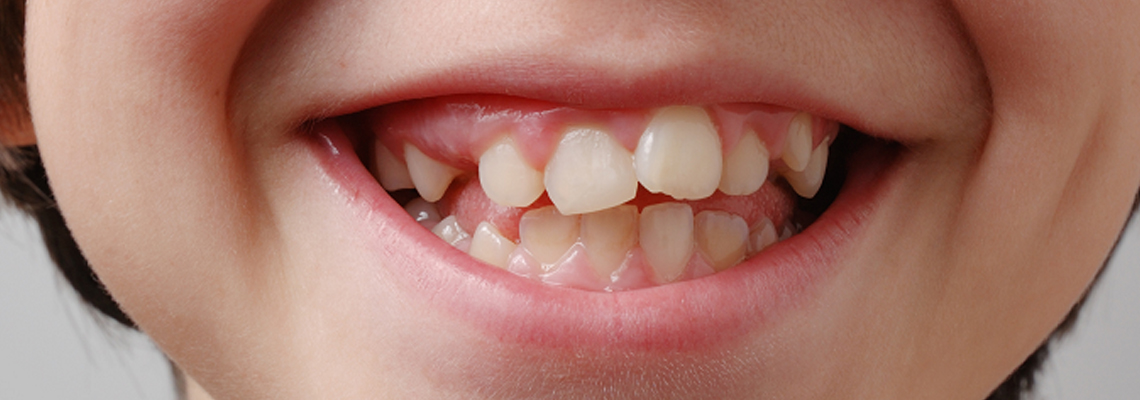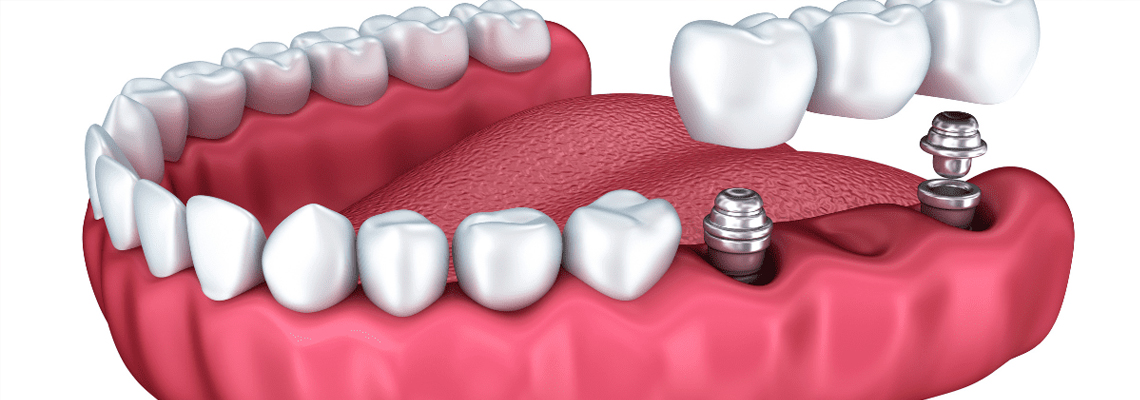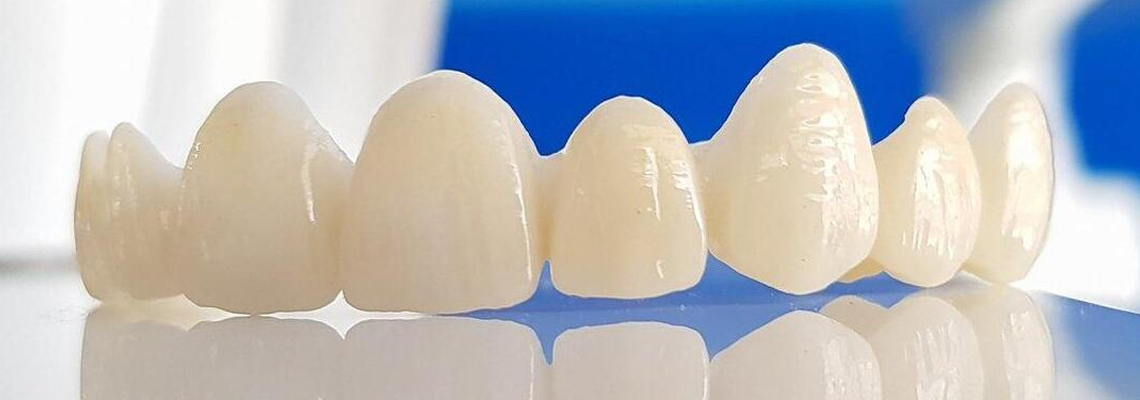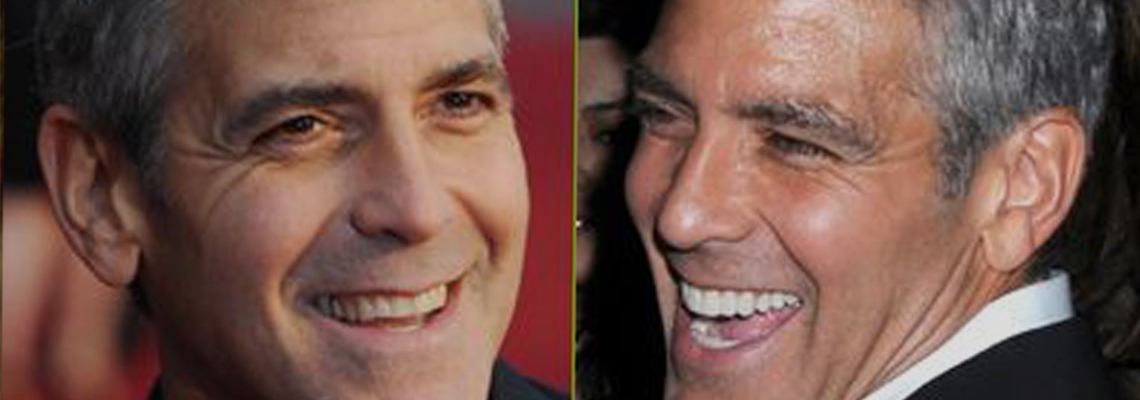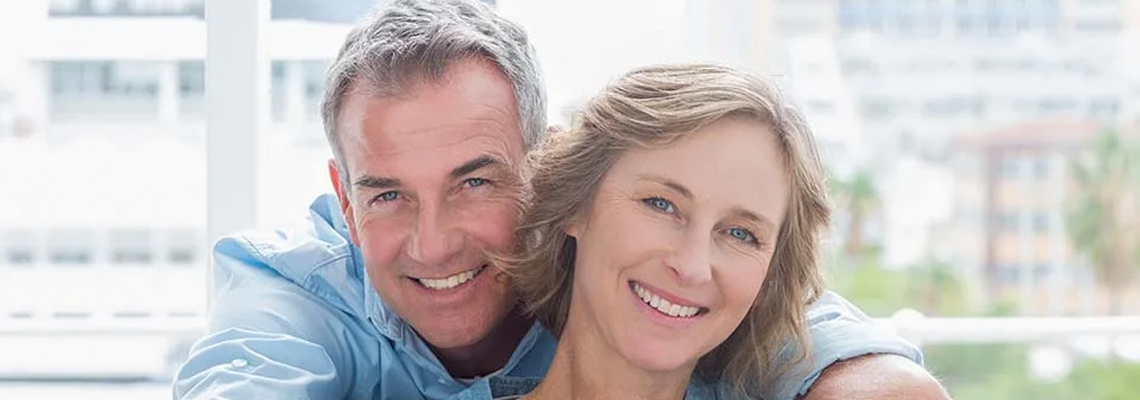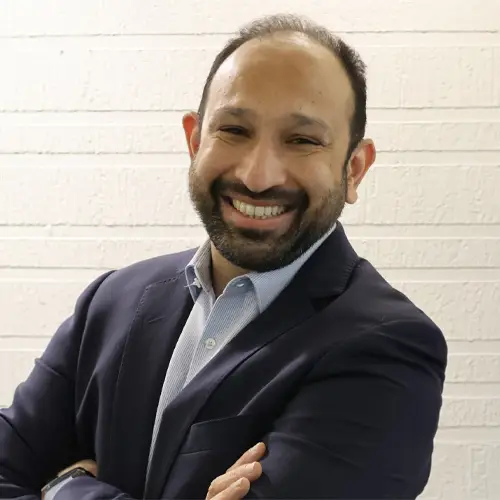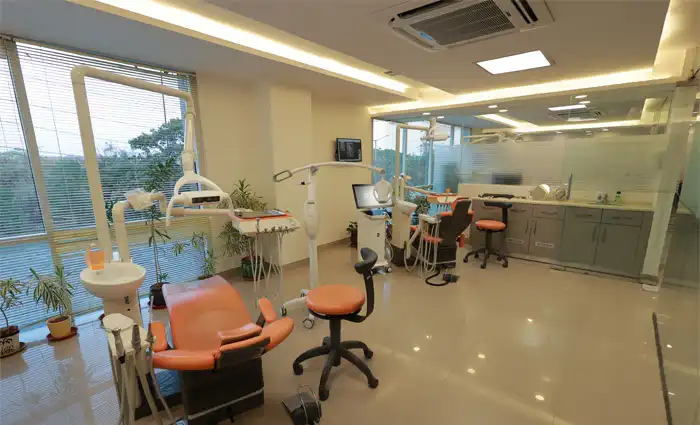People often wonder why their teeth are crooked or crowded. There may be more than one cause of these orthodontic problems. We’ll talk about some of the reasons why people have crooked teeth in this article.
Small Jaws
When we say someone has “small jaws,” we are talking about how long and wide their dental arch is. The U-shaped part of the jawbone that holds and supports the teeth is called the dental arch. A small dental arch could be caused by your genes (does everyone in your family have small jaws and crooked teeth? ), a growth problem, or a problem with your airway.
It’s best to “catch” the orthodontic problem of a small dental arch when the person is still young and can still grow. This early detection gives the dentist a chance to help the jaws grow in the right direction by using orthodontics. If a patient has crowded teeth because their jaw is too small and they are fully grown, treatment is much harder.
One exciting new thing about Invisalign is a treatment called “Invisalign First,” which lets Dr. Motiwala use clear aligners to help straighten teeth earlier than ever before.
Large Teeth
Some people have teeth that are bigger than average. In the best case, a person’s teeth are about the same size as his or her face and jaws. But sometimes the jaws are the right size but the teeth are too big for the jaws. This means that these teeth can’t come into the mouth in the right place. They have to move sideways, forwards, or backwards to fit in the mouth, which can lead to teeth that are rotated or out of place.
It is possible to make teeth smaller and make room for them to line up. Sometimes, one or more permanent teeth need to be taken out (extracted) to make room for the rest of the teeth to grow in straight.
Premature Loss of Baby Teeth
The baby teeth are very important because they make room in the dental arches for the permanent teeth that will come later. When a child loses a baby tooth too soon, whether because of an accident or an infection, the permanent tooth underneath may not have enough room. Most of the time, the baby teeth next to the space will move or “collapse” into the new space.
The sooner a baby tooth falls out, the more likely it is that the space it was taking up will be lost. There is a chance that the teeth will move so much that the permanent tooth won’t be able to come in at all. The word for this is “impaction.” Basically, when space is lost, the new tooth can’t move into its right place.
Most of the time, when there isn’t enough room, the permanent tooth will move in a way that has less resistance. This means it could come in on the inside, toward the tongue, or on the outside, toward the cheek.
The good news is that you can avoid this orthodontic problem. If your child loses a baby tooth before he or she should, the dentist can use a simple tool called a “space maintainer” to keep the space open. This device keeps the baby teeth next to it from moving and saves the space for the permanent tooth.
Problems With Breathing
This one takes a lot of people by surprise. A common cause of orthodontic crowding is a problem with the airway. People who can’t breathe through their noses because of nasal obstructions often breathe through their mouths. The upper jaw gets smaller when the mouth is always open, especially when the person is still growing. Often, it makes the palate (the roof of the mouth) very high and narrows the space between the teeth. This leaves less room for teeth to come in, which makes them crowd together.
Your dentist needs to be aware of your child’s habits (like mouth breathing) and growth patterns as soon as possible so that they can help with orthodontics. With a palatal expander, we can widen the upper dental arch as long as the child still has room to grow.
Orthodontic Relapse
Many people are frustrated when they’ve had orthodontic treatment, got a perfectly straight smile, and then had their teeth shift back out of place. The teeth slowly moved back into their tight, crooked positions. This happens all the time. Because of this, your dentist and orthodontist will tell you to wear your retainers.
How long do you have to wear retainers after you get braces? But only if you want your teeth to be straight.
Teeth tend to move back to where they were before orthodontic treatment. If you don’t do something to keep them in their new straight position, they will move back to where they were before.
Aging
Most of the other reasons for crooked teeth have to do with childhood, but this is the only one that only affects adults. Teeth moving forward in the mouth is just a normal part of getting older.
Over many years of use, our teeth lose enamel where they touch each other because of friction (where you floss). This tiny loss of enamel makes a small space between the teeth. Over time, the teeth shift and move to close these gaps and move forward. All of this moving forward makes the front of the mouth crowded.
This happens whether or not the person has had orthodontic treatment before. It’s a natural part of getting older, and a dental implant is the only “tooth” it doesn’t affect. As the other teeth move forward, this can cause gaps or spaces in front of the dental implants, which is not what you want.
Still Have Questions About Crooked Teeth?
No matter what caused the problem, orthodontic treatment is the answer. If you want to straighten your crooked teeth, call the Dr. Motiwala Dental Clinic & Implant Centre right away to set up an appointment with Dr. Motiwala.
Are You Looking For Dental Implants
Click on the links below to learn more about the approximately $50,000 savings option for Dr. Motiwala’s packages.
- Full mouth dental implants & Cost of Treatment
- Smile Makeover & Cost of Treatment
- Watch 100’s of Testimonials from our International Patients
Make An Appointment!
Please contact us if you have dental difficulties or are interested to know about dental implants and how they might improve your smile. Dr. Motiwala Dental Clinic & Implant Center may be reached at +91 99596 14584. You can also Contact Us by clicking the banner below.



